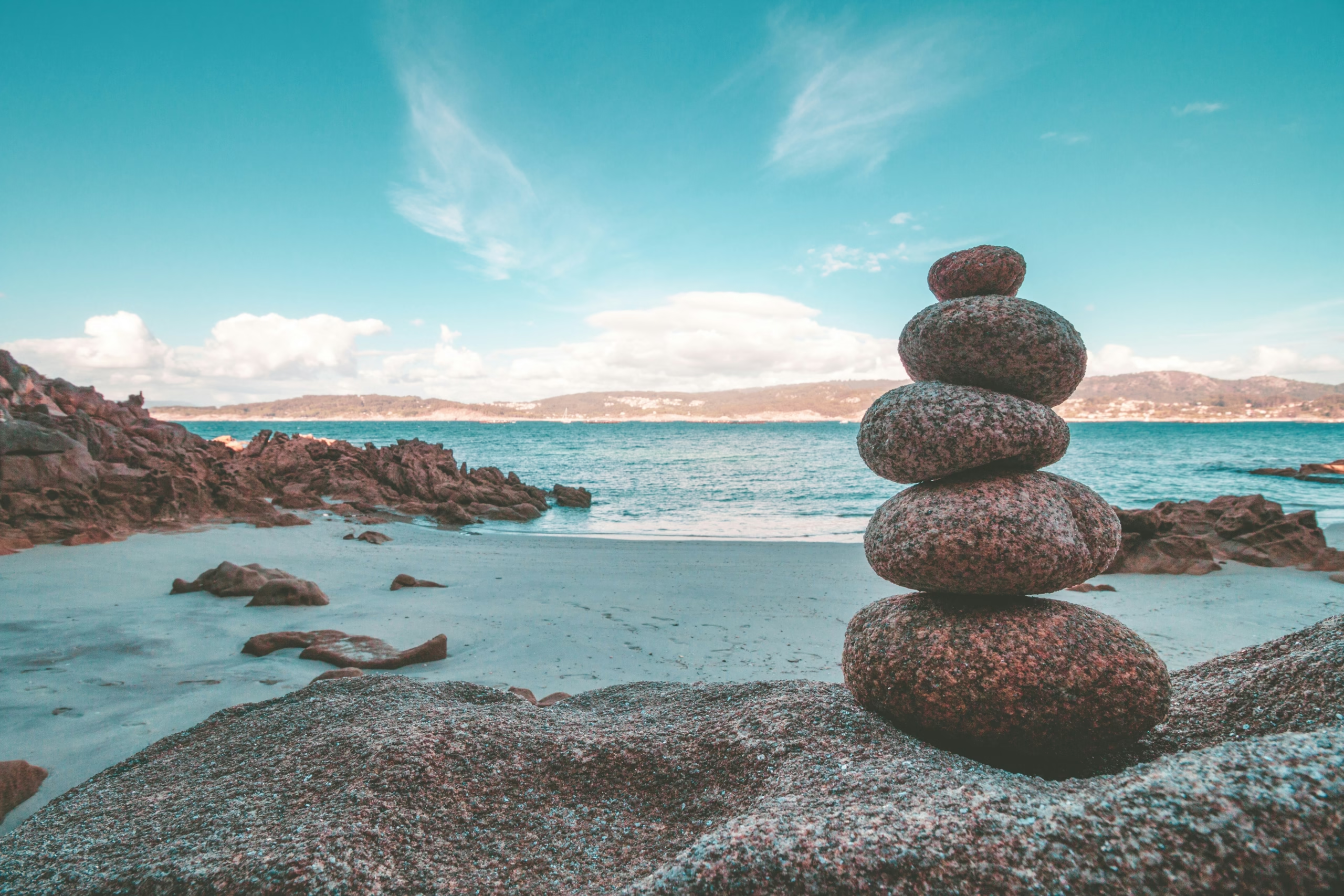Practical Digital Detox Methods to Restore Concentration: Have you ever felt like your mind is in a constant state of overload, unable to focus on a single task? In today’s world, where digital devices are practically extensions of ourselves, maintaining concentration can feel like an uphill battle. You’re not alone. Many feel the weight of digital dependency pulling them away from the clear-headed focus they crave. This guide will walk you through practical methods for a digital detox to help restore that elusive concentration.

Table of Contents
Why Consider a Digital Detox?
Taking some time away from screens might sound like a challenge, but it offers significant benefits. Digital detox doesn’t mean you need to shun technology entirely. Instead, it involves a conscious reduction in your use to help improve mental clarity, reduce stress, and refocus your priorities. Think of it as clearing your mental cache—allowing your brain the space it needs to function at its best.
The Digital Overload Phenomenon
Before diving into detox methods, it helps to understand what you’re up against. Digital overload isn’t just the time spent on devices; it’s the bombardment of information, notifications, and multitasking that taxes your mental resources. Every ping and vibrate demands a part of your attention. Imagine your brain as a computer with too many tabs open. It slows down, becomes inefficient, and eventually, you’ve got to hit restart.
The Impact on Concentration
Repeated interruptions erode your ability to concentrate. Studies suggest it can take up to 25 minutes to regain focus after a disruption. Multiply this by the number of alerts you receive daily, and it’s no wonder maintaining concentration is difficult. Yet, knowing this is the first step in regaining control and finding calm amidst the chaos.
Setting the Foundation for a Digital Detox
Your journey towards a concentrated mind begins with understanding your current relationship with devices. Awareness is key; once you see where your time goes, you can start making changes.
Assess Your Digital Usage
Start by taking inventory of how often, when, and why you use your devices. You might be surprised at the results. Use apps that track screen time or jot down your usage patterns for a week. Look for trends and triggers, such as excessive scrolling during breaks or frequent app checking out of boredom.
Create a Usage Log:
| Time | Device | Purpose | Duration | Feelings |
|---|---|---|---|---|
| 8 AM | Phone | Social Media | 15 mins | Distracted |
| 1 PM | Laptop | Work Emails | 30 mins | Productive |
| 8 PM | TV | Entertainment | 1 hour | Relaxed |
Identify Your Priorities
Once you’ve assessed your usage, consider what’s most important. Maybe it’s more quality time with loved ones or a focus on personal development. Aligning your digital habits with your priorities helps you cut back on activities that don’t serve your goals, chipping away at digital reliance.

Practical Steps for a Digital Detox
With foundational understanding in place, you’re ready to take practical steps towards a digital detox. The key is to incorporate manageable changes that fit your lifestyle.
Start with a 24-Hour Challenge
Beginnings can be daunting, so start small. Dedicate one day—ideally a weekend—to disconnect. Commit your devices to a drawer or establish a tech-free zone in your home. Assess how it feels to be without constant digital connection; you might find yourself more present and aware.
Designate Tech-Free Zones or Times
Identify spaces in your life that can serve as digital detox sanctuaries. Common areas include:
- Bedrooms: Removing devices from sleep areas improves rest and relaxation.
- Dining Rooms: Meals without screens encourage meaningful interaction.
- Morning Routines: Starting your day without screens sets a peaceful tone.
Reduce Notifications
Take control by customizing your notifications. Limit alerts to what’s truly essential, such as calls or important apps. You’ll reclaim those precious moments typically sacrificed to non-stop buzzing and beeping.
Schedule & Limit Usage
Instead of reactive digital consumption, schedule your tech time. Allocate specific hours for checking emails or social media. This not only helps diminish overuse but also instills a sense of control over your digital interactions. Implement a timer to keep you accountable—15-minute caps for social media can preserve hours throughout your week.
Cultivating New Habits
A digital detox not only involves removing habits but also replacing them with enriching activities that propel concentration and well-being. Consider these alternatives:
Explore Mindfulness Practices
Mindfulness exercises, such as meditation or deep breathing, help center your mind. Even just five minutes a day can significantly improve your attention span. Apps dedicated to mindfulness can guide you, offering a balanced digital use.
Embrace Analog Alternatives
Remember the joy of reading a book? Or the satisfaction of writing in a journal? These analog activities provide depth and reflection that digital screens often lack. They encourage prolonged attention and thoughtful engagement.
Engage in Physical Activities
Movement is a powerful antidote to mental fatigue. Whether it’s a simple stretch session at home or a walk in the park, physical activity boosts endorphins and attention capacity. You don’t need to hit the gym; consider gardening, yoga, or dance—whatever keeps you moving.
Connect Offline
Revive face-to-face connections that technology has replaced. Plan coffee dates, join clubs, or engage in community events. You’ll find these interactions rich and fulfilling, reminding you of the beautiful complexities of human connection beyond emoticons.

Reflect and Adjust
After implementing these strategies, take time to reflect on their effectiveness. Ask yourself key questions about your progress and the challenges you face:
- Have your concentration levels improved?
- What digital habits are hardest to break?
- What activities bring you the most satisfaction?
From your reflections, adjust your strategy to fit your evolving needs. A digital detox is not a one-size-fits-all solution but a personal journey to reclaim focus.
Real-Life Success Stories
Understanding how others have successfully navigated a digital detox can provide inspiration and insight for your own path. Here are a few testimonials from individuals who’ve embarked on this journey:
Emily’s Weekend Disconnect
Emily, a graphic designer, decided to dedicate her weekends to a full digital detox. Initially, the absence of her phone felt like losing an appendage. However, she found that weekends without screens allowed her mind to reset. She rediscovered joy in sketching and developed a better work-life balance, leading to increased productivity during the week.
Mark’s Mindful Mornings
Mark struggled with an overpowering urge to check his emails first thing in the morning. By replacing this habit with a 15-minute meditation session, he noticed significant improvements in his mental clarity and focus. This simple change set a positive tone for the rest of the day, making him feel more present and engaged.
Sarah’s Social Media Limits
Sarah loved staying connected with friends through social media, but it often consumed her evenings. By setting a daily 30-minute cap on social apps, she liberated hours for more meaningful activities. She chose to spend this reclaimed time in her garden, nurturing plants and herself—a perfect blend of productivity and relaxation.

The Long-Term Impact of a Digital Detox
Maintaining a digital detox is a continuous journey requiring commitment and adaptability. As you integrate these strategies into daily life, remember that the benefits extend beyond improved concentration. A mindful approach to technology promotes overall well-being, richer relationships, and a more profound appreciation for the world around you.
In conclusion, embarking on a digital detox to restore concentration is more than just a temporary fix; it’s a commitment to yourself. It’s about breaking free from the digital chains that bind your mindfulness and stepping into a space of clarity and peace. Ask yourself: what do I gain by allowing screens to command my attention, and more importantly, what am I losing?
With thoughtful application of these strategies, you have the power to craft a life untethered from screens—a life where concentration isn’t elusive, but a natural state of being.
How To Do a Digital Detox: 10 Steps – Health
7-Day Plan to Escape Smartphone Addiction with Digital Detox

